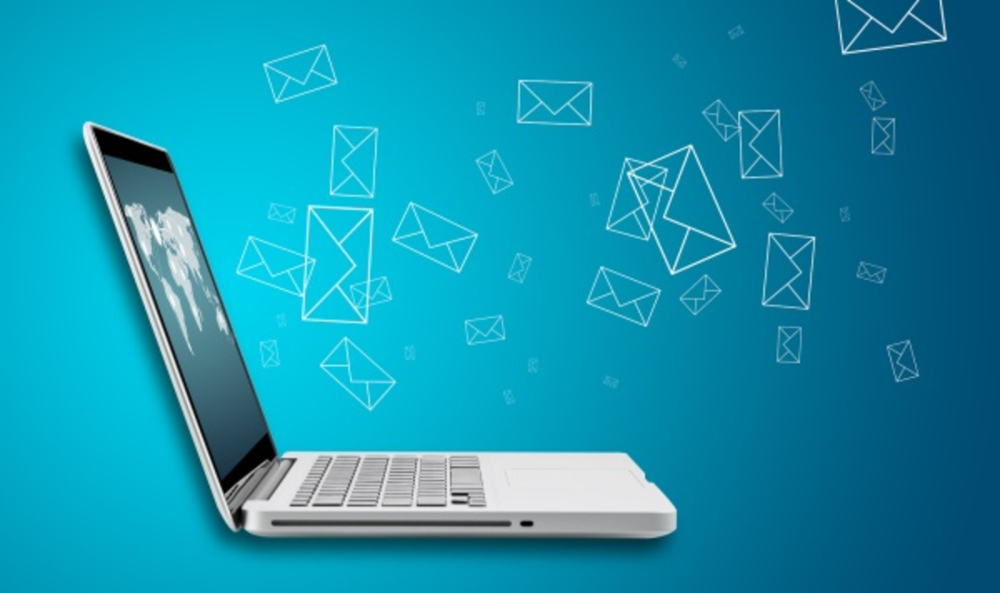This coming year email marketing messages will be even more personal. Experts say the reason for that is simple: Email marketers are trying to make their messages standout in the crowded inbox. “Inboxes are becoming pretty busy places,” says Erik Schulze, VP of customer experience and consumer strategies at Yes Lifecycle Marketing. “The number of emails that each of us get increases each year; conversely, as the number of emails go up, the engagement with those emails goes down. So for marketers, it’s much more important to have a more personalized discussion or address personal needs through email.”
Schulze says that personalization can include specific details, such as a recipient’s name or perhaps a birthday mention. But he warns that in the New Year, email marketers must go far beyond those simple elements and should update their idea of email personalization. “Personalization should be less about getting somebody to transact in a moment; it’s about relationship. [Personalization] fits into a broader strategy,” Schulze explains.
So as email marketers craft their strategies for 2015, how should they go about making each email personal for each individual who opens it? Schulze lists a number of ways that, he says, might not be the most obvious.
“Marketers should consider personalizing emails when the reader opens them rather than solely based on past behaviors or when the email is sent,” Schulze explains about open-time email personalization. He says tools like discount countdown clocks, live social feeds, and changing hero images can all be optimized at the moment readers open an email.
Just as important as the time when a reader opens an email, Schulze says, is the shopper’s device: “The elements that a marketer uses depend, oftentimes, on the device. Mobile, for example, is consumed at different times and in different ways. So, it’s important to recognize when and where [a customer] will receive [a message], and that’ll determine your approach with [personalizing] content.”
Yet another effective way to personalize an email is by using predictive analytics. Schulze says that although marketers should use personal information from the past, the focus is on predicting customers’ actions in the future. “It’s important to bridge from the past to the present and into the future,” he says. “Past behavior is often an indicator of future behavior. But more important, marketers can build upon transaction data to make a message personal and to build that ongoing relationship.”
He says that by using predictive analytics, marketers can embed the right calls-to-action, make videos more personal, and even tailor the right frequency of emails for each person: “Frequency is a form of personalization. Even if you can’t see the personalization in, say, the copy or images, the send time has been personalized. Recognize how often a person wants to communicate with you.”
Of course, Schulze says, email marketers should consider location as they personalize their messages, but go beyond a simple location field. He says that marketers can send emails that “match the culture, look, and feel” of a reader’s location; he stresses that personalization is more about an understanding of a location and the person who lives there.
“Personalization has its place everywhere,” Schulze says. “A lot of companies don’t consider personalization more than a first name or a salutation. But work to build a strategy that’s based on lifecycle marketing, which has to include personalization. Always remember that you’re trying to have a relationship with a single individual, never one big mass.”








